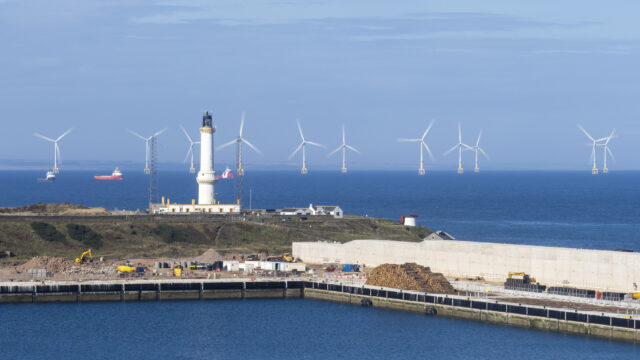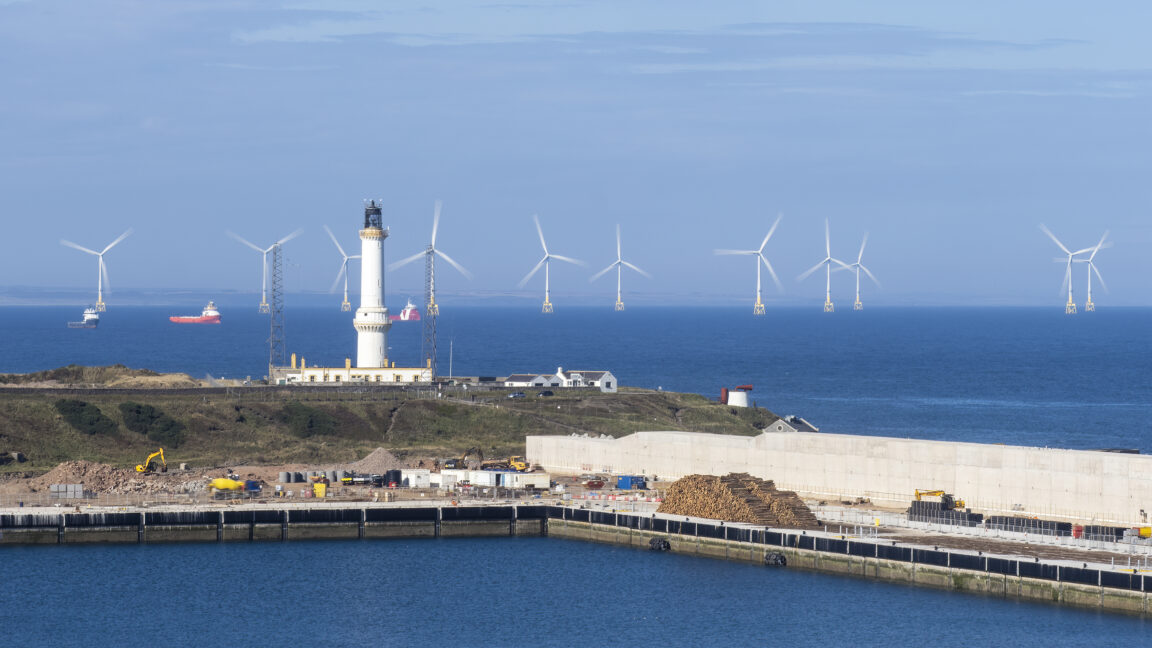With the closure of its last coal-fired power plant, Ratcliffe-on-Soar, on September 30, 2024, the United Kingdom has taken a significant step toward its net-zero goals. It’s no small feat to end the 142-year era of coal-powered electricity in the country that pioneered the Industrial Revolution. Yet the UK's journey away from coal has been remarkably swift, with coal generation plummeting from 40 percent of the electricity mix in 2012 to just two percent in 2019, and finally to zero in 2024.
As of 2023, approximately half of UK electricity generation comes from zero-carbon sources, with natural gas serving as a transitional fuel. The UK aims to cut greenhouse gas emissions by 42 percent to 48 percent by 2027 and achieve net-zero by 2050. The government set a firm target to generate all of its electricity from renewable sources by 2040, emphasizing offshore wind and solar energy as the keys.
What will things look like in the intervening years, which will lead us from today to net-zero? Everyone’s scenario, even when based in serious science, boils down to a guessing game. Yet some things are more certain than others, the most important of these factors being the ones that are on solid footing beneath all of the guesswork.
Long-term goals
The closure of all UK coal-fired power stations in 2024 marked a crucial milestone in the nation's decarbonization efforts. Coal was once the dominant source of electricity generation, but its contribution to greenhouse gas emissions made it a primary target for phase-out. The closure of these facilities has significantly reduced the UK's carbon footprint and paved the way for cleaner energy sources.
With transition from coal, natural gas is set to play a crucial role as a "transition fuel." The government’s “British Energy Security Strategy” argued that gas must continue to be an important part of the energy mix. It positioned gas as the "glue" that holds the electricity system together during the transition. Even the new Starmer government recognizes that, as the country progresses towards net-zero by 2050, the country may still use about a quarter of the gas it currently consumes.


 Loading comments...
Loading comments...
